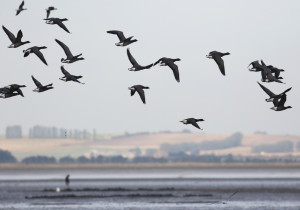
One of my personal key indicators of the onset of autumn is the mass arrival of Brent Geese to the North Kent coast. As early as September small numbers of these migratory geese arrive in dribs and drabs, seemingly disappearing as soon as they arrive and then suddenly large numbers of Brent Geese can be seen coming in off of the sea. Last week I went out on a foggy morning and spotted a group of around 140 Brent Geese feeding on exposed mudflats and as I watched them, twenty more came out of the fog of the North Sea to join them. Then another twelve. Forty-three more. Another small group, and another. Gradually the group in front of me had swollen to over 400 birds and as the tide covered the mud they all took off and flew towards the coast just east of the town of Whitstable where I caught up with them a few days later but by this time their numbers had increased to 3-4000 birds; truly impressive.
This view across the Swale from Seasalter to the Isle of Sheppey gives a snapshot of the scene at low tide with the mudflats completely covered in feeding Brent Geese and is typical for mid-October and the annual influx of these charming birds.
For anyone who is not familiar with large numbers of Brent Geese one of the nicest aspects of being close to them is the constant chattering between them that rings through the air. These highly spocial geese form strong bonds within the group and constantly communicate with each other both through actions and vocally. The atmosphere the sound creates on a lonely area of marsh is very memorable and you can hear it in this video I created last year at the same location.
Although Brent Geese are social birds not all interactions are friendly and frequently there are outbreaks of disagreement as this photo illustrates.
Brent Geese are vocal as they are feeding but often even more so when they are in flight which is nice for the photographer as you get a nice warning that they are coming. The Brent Geese wintering around the Kent coast are Dark-bellied Brent Geese, Branta bernicula bernicula, which breed mostly in Russia, although sometimes the subspecies hrota and nigricens get mixed up among them.
Brent Geese come to Britain in autumn and winter to escape the extremely cold winters in their breeding grounds, feeding on eel grass and seaweeds that they find on mudflats and rocky areas of coasts, although they have also learned to feed on agricultural land too.
This particular area is important for wintering Brent Geese every year and it is likely that one reason for this is because large areas of mud are exposed disturbance is limited, although they do share the mud with other birds and small numbers of humans digging for bait. Although this human disturbance is low, dog-walking can be a problem and a large solar farm adjacent to this path of mudflats has been given the go-ahead which will not only increase disturbance it will destroy a large area of the greater open landscape that is dotted with nature reserves and used by birds that require large open spaces.
For now this area remains the haunt of Brent Geese and not so many years ago this flock contained a Red-breasted Goose but I am very concered at how the area will be affected by this large solar development, backed by people whose obsession with so-called “green energy” all too often results in destruction of wildlife habitats and loss of biodiversity.
This article deals with Brent Geese and human disturbance – Responses of Wintering Brent Geese to human disturbance. As humans occupy more and more land it is likely that birds like Brent Geese will be pushed into fewer and fewer undisturbed sites, increasing competition between birds.
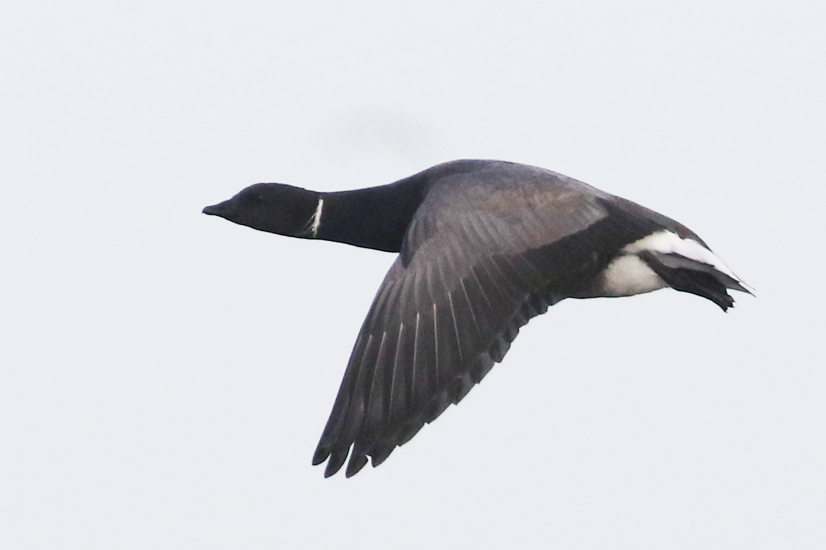


 October 17th, 2021
October 17th, 2021  Nick
Nick 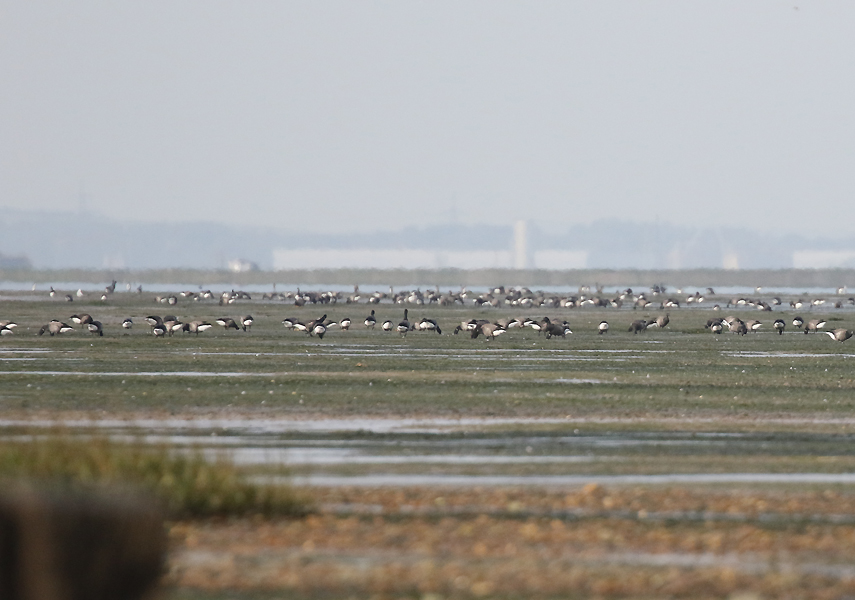

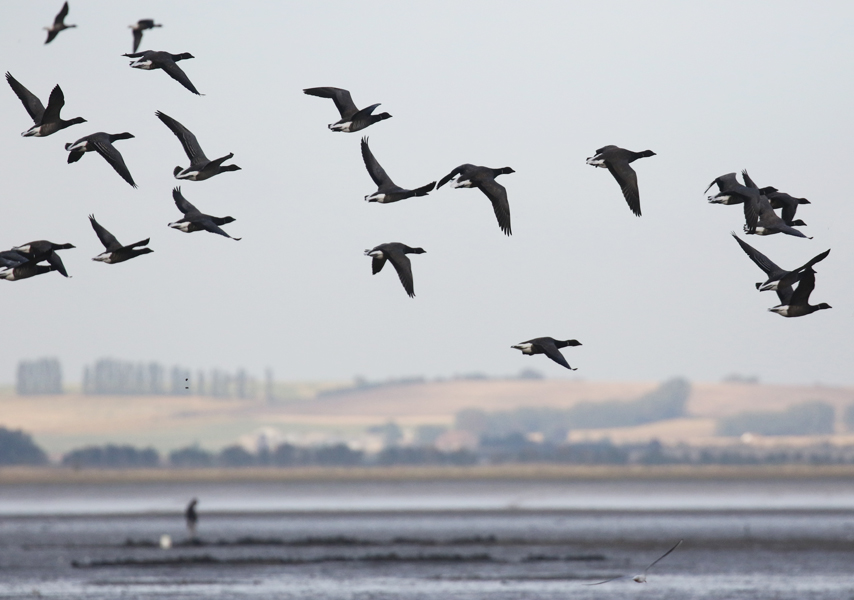
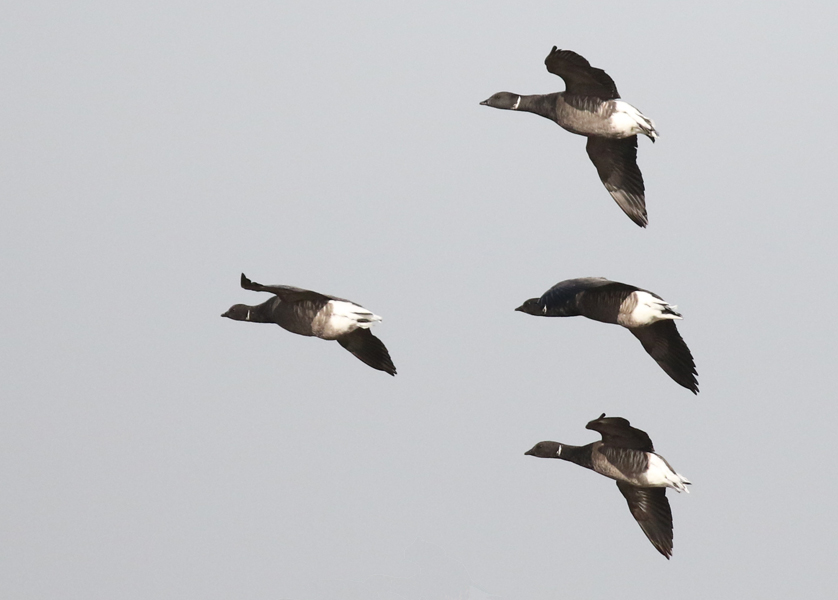
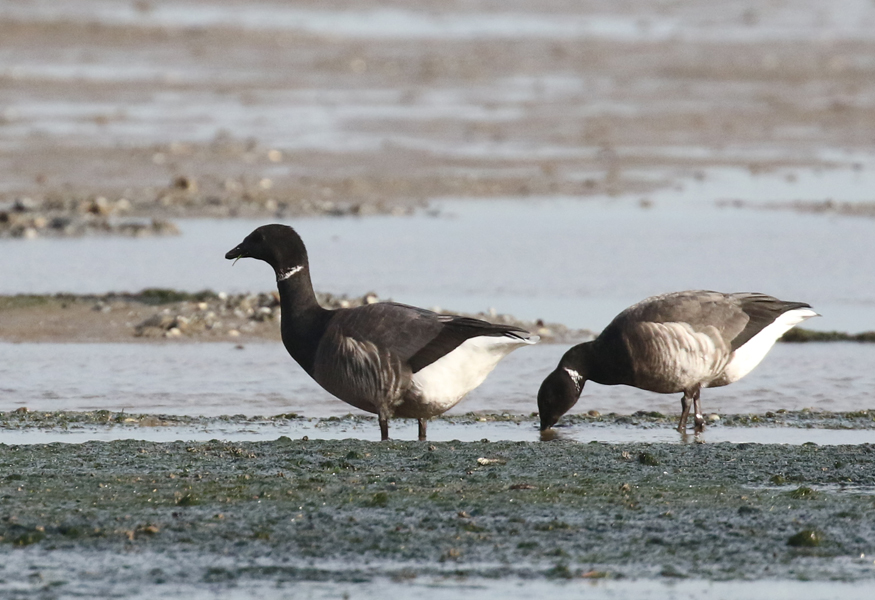


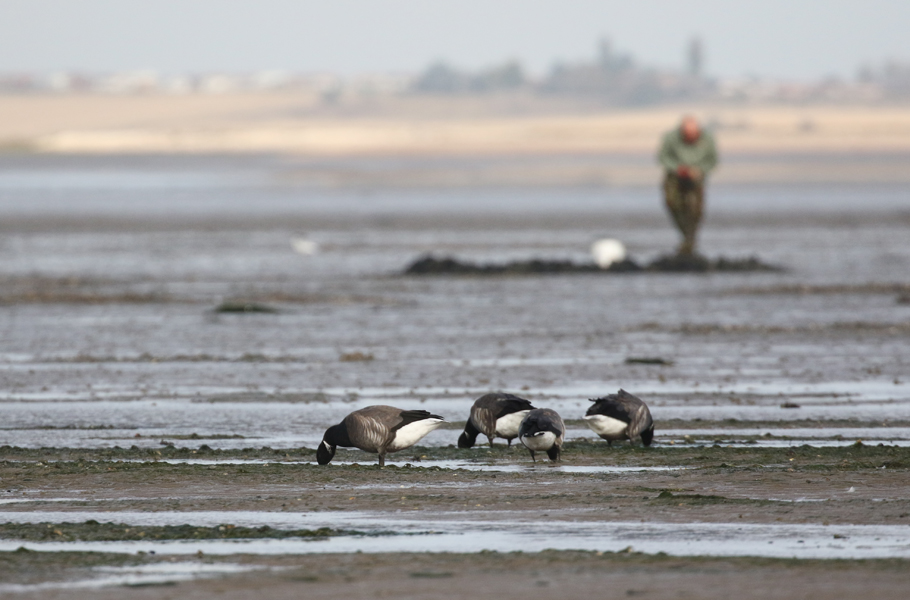
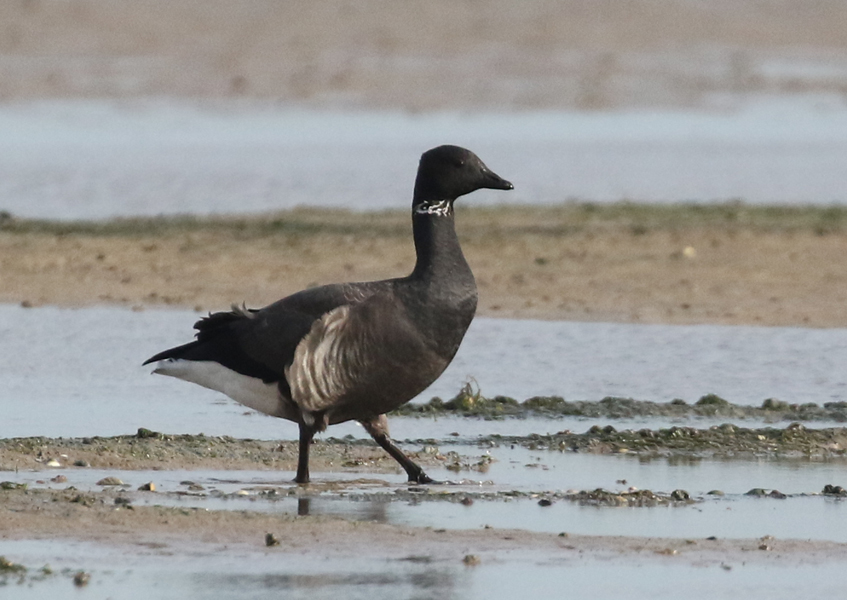
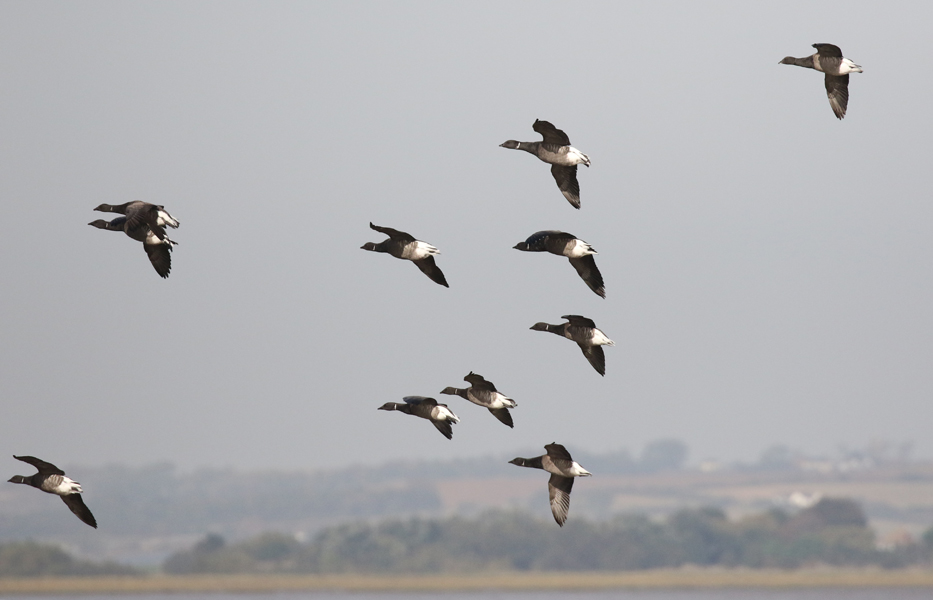
 Posted in
Posted in  Tags:
Tags: 










